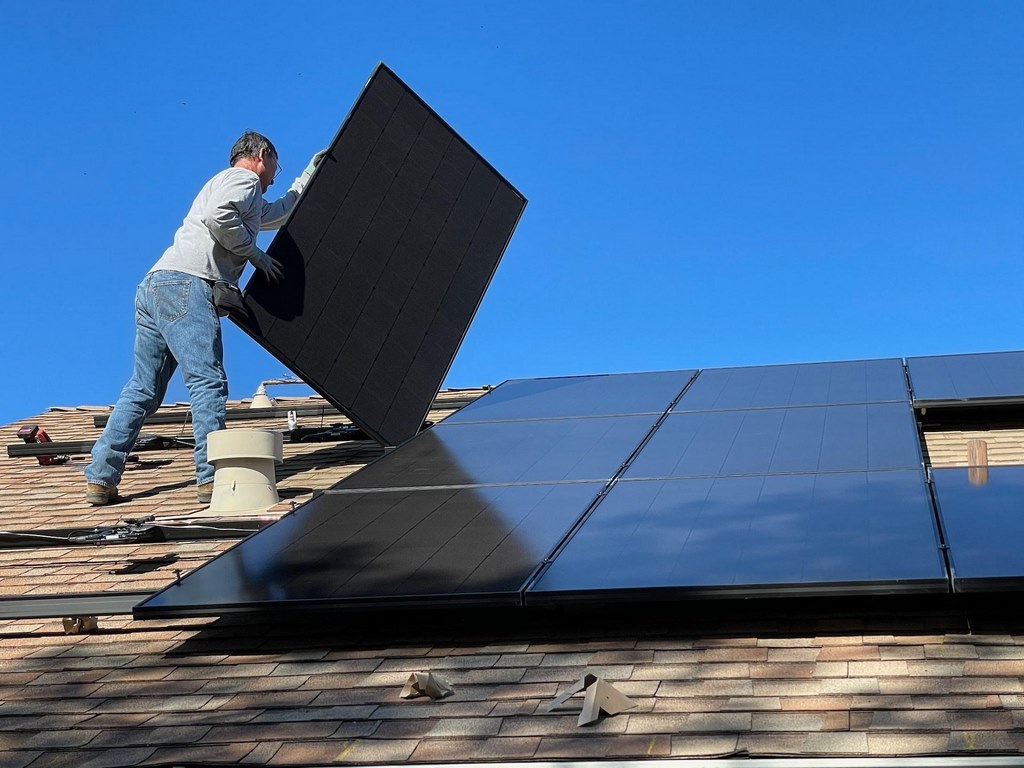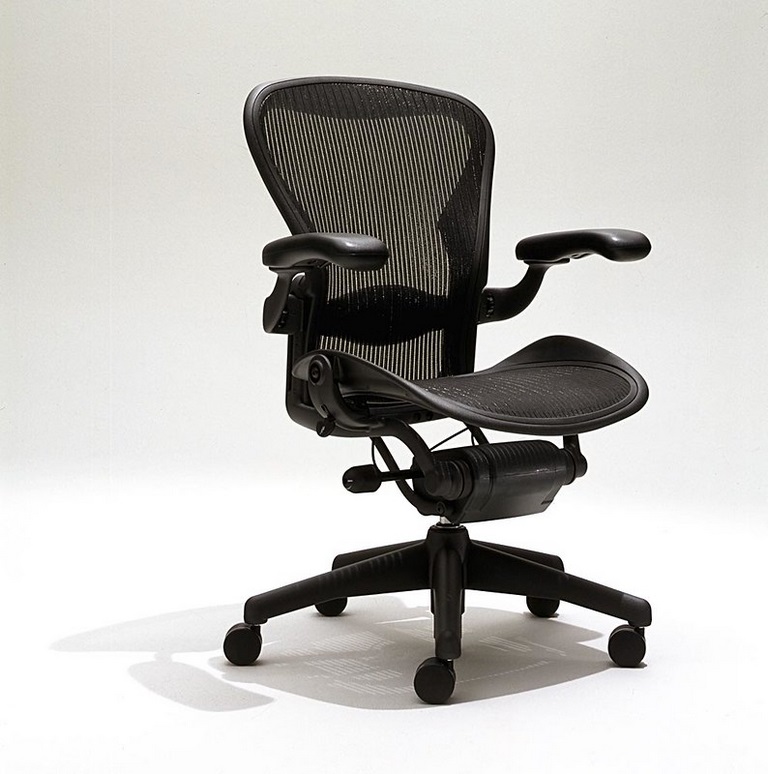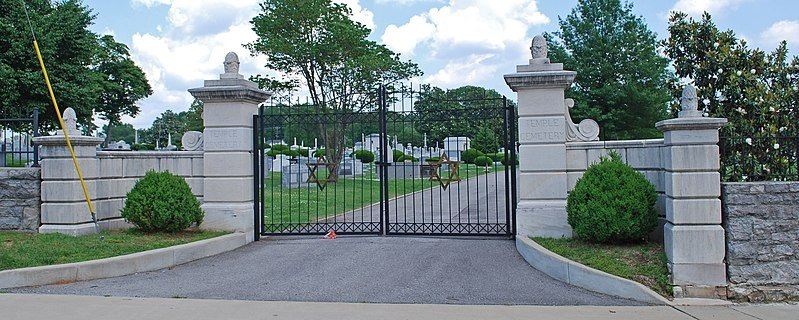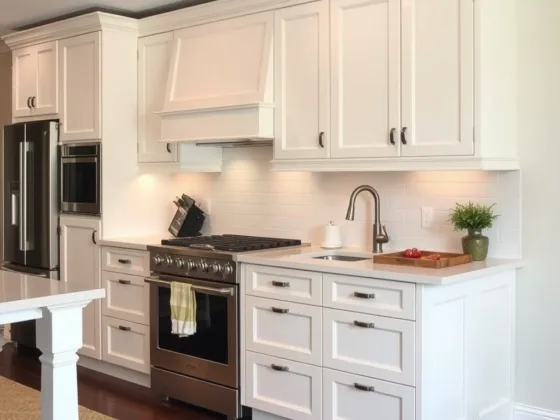Table of Contents Show
All heating systems have the same primary goal and that is to transfer heat to living spaces. When winter arrives, heating homes can be difficult. It might seem tempting to turn up the heat and leave it on all day, but this will only make things worse.

When deciding on a heating system, it is also important to know what your energy source will be. The most common types of heating systems use electricity or gas. Electricity is cheaper, but it can be difficult to find the right spot for an outlet.
Gas is more expensive but doesn’t require any wiring and burns cleanly, allowing for more precise temperature control. Today, using solar panels has become very popular as it provides environmental advantages as well as lower electricity bills. Here are five types of heating systems you should know as a homeowner.
Furnace
Forced air heating systems are the most common types of home heating systems. Heating and cooling are done by blasting air from a furnace through a network of ducts.
Air handler units have a capacity for both heating and cooling, so they can be used all year round. Their fuel source is natural gas, electricity, propane, or oil.
However, gas furnaces have a significant disadvantage in that they are more than 20% more likely to experience a fire or explosion, and create potential hazards for carbon monoxide poisoning.
That’s why if you’re planning to use a furnace for heating your home it’s best to consult local contractors to see what’s the best option for your living conditions. For instance, if you live in one of Ontario’s port cities, Hamilton, make sure you find the best local heating contractors Hamilton has to offer to install a new furnace or repair your old one.
In addition, when looking for contractors, make sure they offer 24/7 services so you can contact them whenever you experience any issues during the cold months.
Read Also:
Boiler
Older homes or apartments may have a central boiler that distributes hot water or steam to the radiators throughout the house.
This is perfect for smaller areas, but it isn’t as effective for heating larger spaces at the same time. The fuel course for this heating system includes natural gas, fuel oil, propane, electricity, or biodiesel blends.
One of the advantages of using boilers is that they provide comfortable heat that usually doesn’t dry out the air as other heating systems do. However, they cannot be combined with AC for a year-round HVAC system.
Radiant Heat
Radiant heat works by warming radiators along the outside walls, the floors below your feet, or the ceilings. This warmth then spreads throughout a home instead of complete hot air production.
The heat can come from Hydronics or electric-resistance coils in radiators, which are usually inexpensive to install but can be quite expensive to run.
One of the advantages of installing radiant floor heat is that it doesn’t blow air around, which is more consistent and reliable. The major drawback is that these systems do not contain a duct, so if you want both cooling and heating then you need a parallel system.
Heat Pump
Heat pumps are eco-friendly and efficient. They gather warmth from the outside air and transfer it inside through a series of coils that sit in your ductwork. A ductless heating system, also known as the mini-split, is a popular means of heating and cooling that has been around for many years.
The units are made up of two main parts the indoor unit, which is installed in the home, and the outdoor unit, which can be mounted on the roof or outside wall of your home. They are also convenient since they can be switched to AC mode during the summer. However, they’re not efficient in frigid climates.
Active Solar Heating
Many homeowners are converting to energy sources that are not only more environmentally friendly but also more efficient.
For instance, a more modern heating system, such as active solar heating, harnesses the power of sunlight to heat a fluid and transmit solar heat into your living space or a storage tank for later use.
These are generally supported by radiant heating systems, boilers, or heat pumps, and can distribute the heat using the radiant floor, a central forced-air system, or hot water baseboards. This means that active solar systems still rely on traditional home heating systems to operate.
Bottom Line
Knowing the differences between heating systems will help you choose wisely and understand how different types of systems work.
Additionally, it’s good to know what to expect when searching for a home with certain heating requirements. Finding the right heating system for your needs could help you save time and money in the long run.










